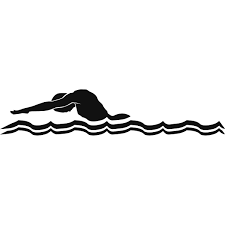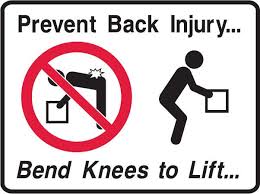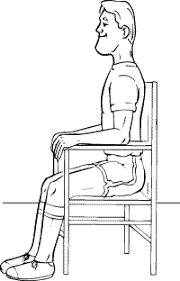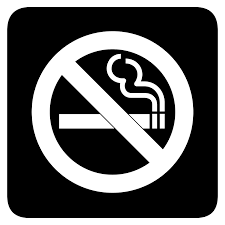Simon and Alice from our Therapy team show us some simple exercises to help care for your back:
Back pain is the second most common cause of long term sickness in the UK after stress so it is important you look after your back. Here are some top tips for taking care of your back:

Exercise your back regularly. Walking, swimming (especially backstroke) and using exercise bikes are all excellent ways to strengthen your back muscles.

When lifting:
- Always bend your knees and your hips, not your back.
- Never twist and bend at the same time.
- Always lift and carry objects close to your body.

Try to carry loads in a rucksack and avoid sling bags.

Whilst sitting:
- Maintain a good posture. Avoid slumping in your chair, hunching over a desk or walking with your shoulders hunched.
- Use a chair with a backrest. Sit with your feet flat on the floor or on a footrest. Change how you sit every few minutes.
- Make sure that your mattress, car seat and office chair is suited to your height, weight, age and sleeping position.

We know that smoking and carrying extra weight can be detrimental to your health. For back health, it’s understood that smoking can reduce the blood supply to the discs between the vertebrae and this may lead to degeneration of discs.
Source: www.nhs.uk/Livewell/Backpain/Pages/Backpainhome.aspx
The following article is from
https://www.theguardian.com/money/2001/apr/01/workandcareers.madeleinebunting1

Spinal trap: How to avoid injury and discomfort
- The chair
The law says chairs used at workstations must be stable, comfortable, allow freedom of movement and be adjustable in both height and tilt - This usually means a five-legged star shape base with a back that moves independently of the seat and supports the back so that it maintains its natural S shape (you can find where your back curves by running your knuckles up your spine) – if your chair doesn’t provide support here, you may need a lumbar cushion.
- Sitting at the desk
Adjust the height of your chair so that when you use your keyboard, arms and shoulders are relaxed, elbows at right angles and forearms parallel to the floor. Thighs should also be parallel to the floor or inclined forward with a 3-5cm gap between the edge of your seat and your knees
- If your legs dangle over the chair, use a footrest
- Armrests should not get in the way of any of the above. If they do, move or remove them.
- Display screen
Site as large a screen as possible an arm’s length away with the top of the screen at eye-level. Clean it frequently and make sure the type size, colour contrast and office lighting allow you to read it without squinting or leaning forward
- Desk layout
There should be space between the keyboard and the edge of your desk to rest your wrists. Use a wrist-rest if it helps - Keep the things you use frequently – especially the mouse – close by so you’re not constantly stretching and reaching.
- Using equipment
Use the mouse and keyboard with gentle movements using the whole arm, keeping wrists horizontal. - Don’t shoulder-cradle the phone. Use a headset when talking and typing at the same time.
- Working-habits
Stop every 20 minutes. Employers must provide breaks – many short ones are better than a couple of long ones.
- Lap-tops
All the above applies to lap-tops, which is why they are best kept for occasional use. If you do use one in the office, use a separate screen.
Desk Stretches
It’s important to move from time to time whilst sat at a screen, especially if you are perhaps working from home with a temporary workstation. You may not have the supportive set up that you might have in the office and so your neck, shoulders and back might be suffering as a result. Of course at St Monica Trust, we are consulting with home workers to assess the health and safety of individual home-working set ups, but you might find these stretches help. They are specially designed for you to do wherever you’re sitting at your computer.
https://www.bupa.co.uk/newsroom/ourviews/desk-stretches
- Three easy exercises
Pull chin and turn head slowly side to side. - Raise shoulders to ears and back.
- Stand up feet slightly apart and knees bent. With hands in small of back, push hips forward and shoulders back. Repeat each five times every so often throughout the day.
St Monica Trust offers two types of training courses which focus on backs at work. These are:
- moving and handling, and
- load handling for non-care staff and moving and handling: assisting a person for care staff.
Both are mandatory courses and your manager should sign you up to attend one of them.
The Trust from time to time has access to discounts with local chiropractors and physiotherapists; please contact the People Directorate for information.